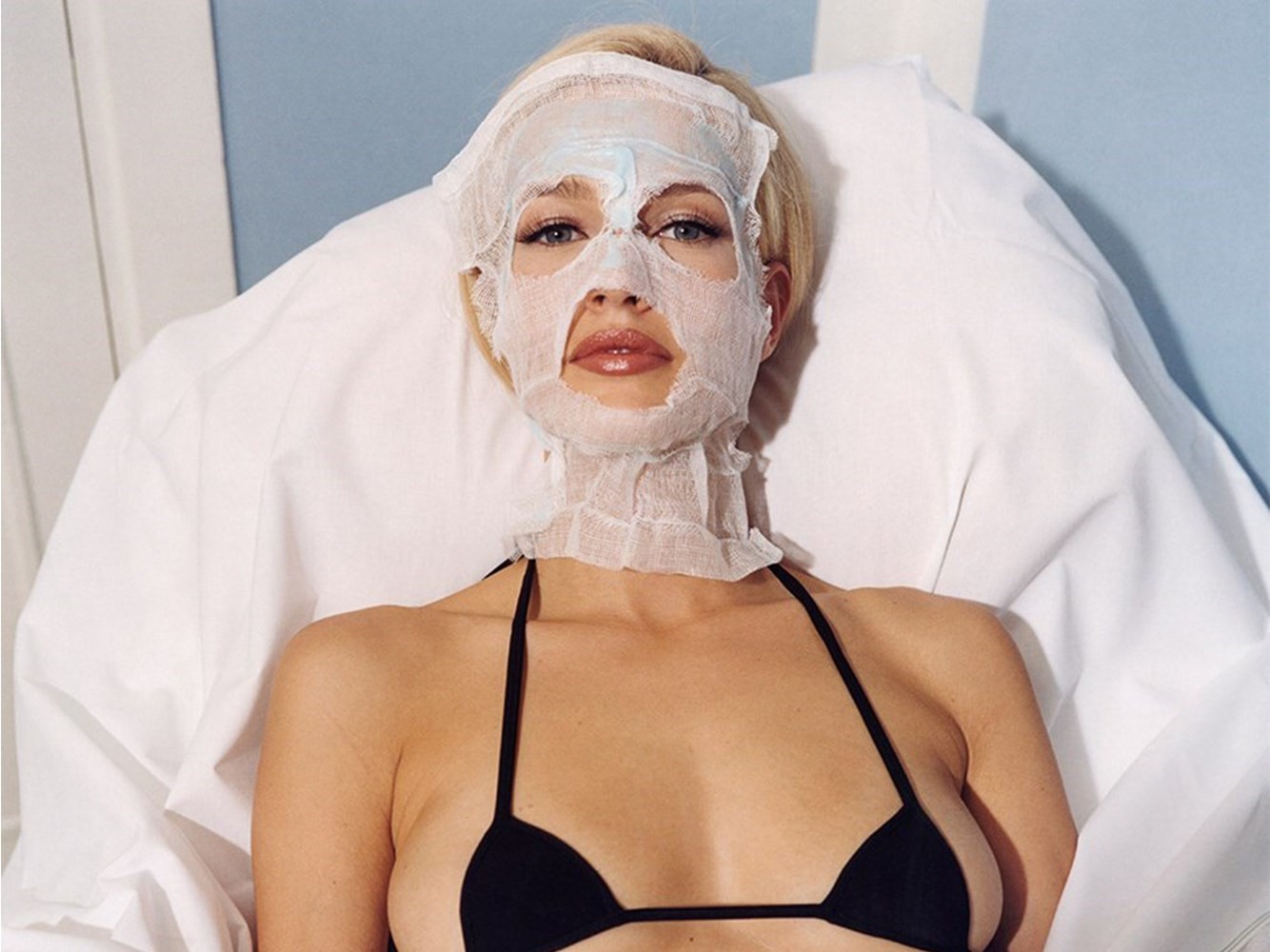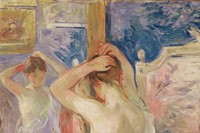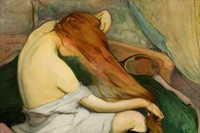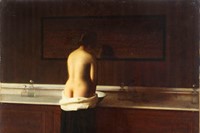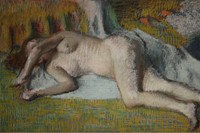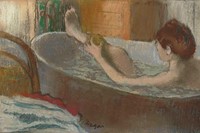“There must be quite a few things that a hot bath won’t cure, but I don’t know many of them,” Sylvia Plath wrote in her 1963 novel The Bell Jar. And indeed, luxuriating in a steaming bath or refreshing shower, taking a moment to yourself to clean, preen, and wallow to your heart’s content, is surely one of life’s greatest indulgences. But of course, it is a fairly recent phenomenon that homes come complete with bathrooms and warm, running water or that bathing alone has become the norm. Once upon a time, communal experiences were common practice and what is now a deeply private experience was a cornerstone of social interactions. Then, Christianity took over and prohibited its devotees from bathing naked at all. Following that, even when restrictions were relaxed, people were reluctant to wash their bodies for fear of opening their pores which would allow diseases to penetrate the body. In fact, bathing history is a treasure trove of bizarre facts and cultural narratives.
A brilliant exhibition at the Musée Marmottan Monet in Paris recently drew our attention to such things. Titled La Toilette: The Birth of Privacy, its focus was the depiction of bathing rituals in art from the 1500s onwards and its walls were filled with grooming ladies from across the ages, from Degas’ auburn-haired beauties and Picasso’s cubist mirror gazer through to Bettina Rheims’ almost mummified shot of Karen Mulder – one that takes an ironic stance on modern society’s rituals of preservation. “This history is interesting because it makes us ask ourselves about our own cleaning practices and what we do and why we feel so strongly about it and it makes us wonder how it will change over time,” Georges Vigarello, one of the show’s curators, told the New York Times. Here, in celebration of the art of bathing, we consider the three stages of bathing rituals and recommend our top products for the ultimate bathroom experience, alongside a gallery of some of our favourite images from the show.
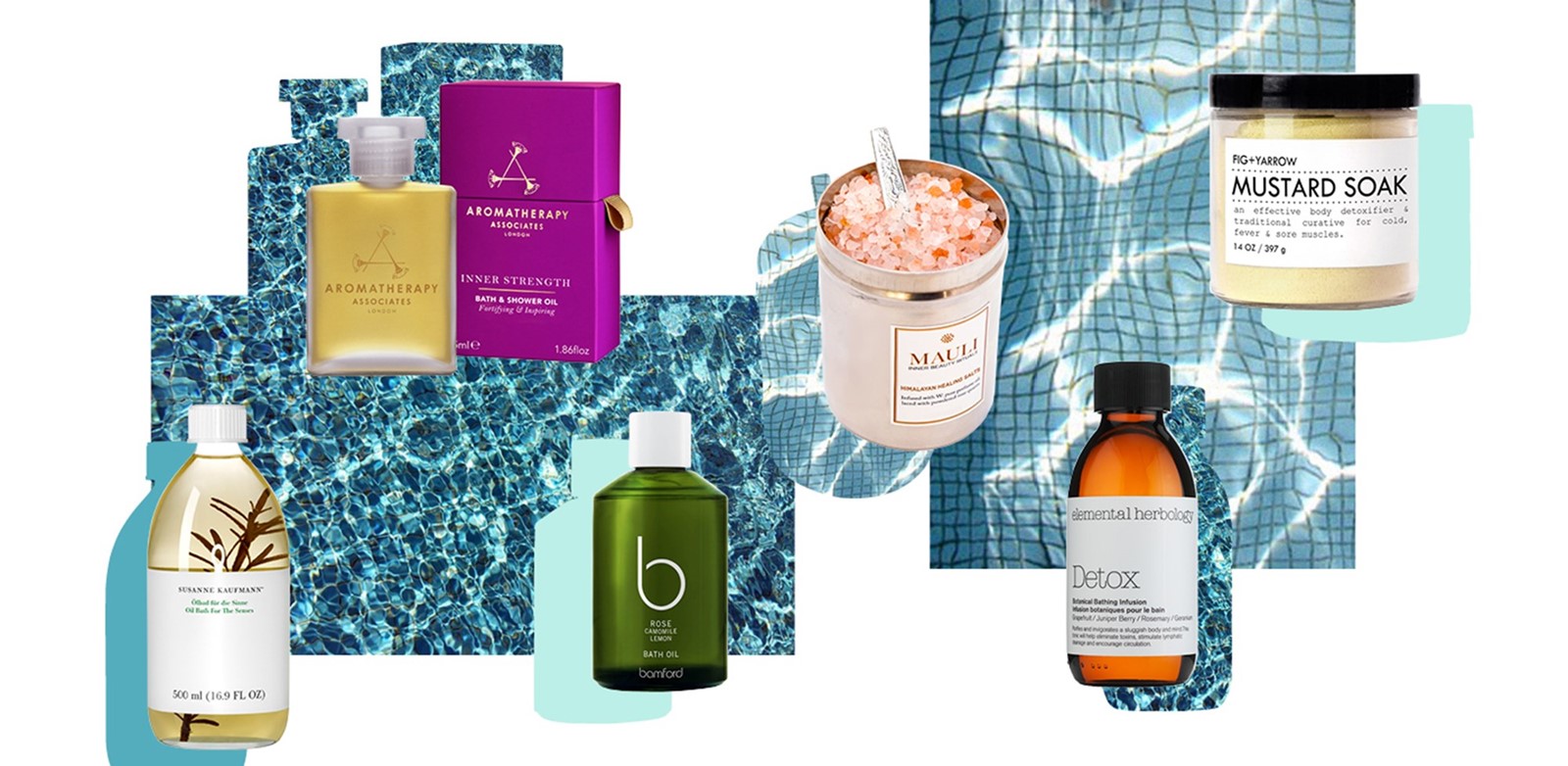
Bathing
The first of the bathroom rituals is the bathing itself. This began as a communal pursuit – in Ancient Greece, baths were public spaces for leisure and conversation; the equivalent of modern day spas, the baths included saunas, massages and relaxation therapies. In Medieval Japan, all Buddhist temples traditionally included a yuya or bathhouse for the monks. In time, these were opened to the rest of the population to highlight the principle of purity, a major facet of the religion.
“You can often wash your troubles away with the right kind of bath. Throw everything you have into the tub: bubble gels, bubble oils, bubble powders, bubble gum” – Henry Beard
In 16th century Europe, however very few people bathed – only noblewomen would have had the means to do so, and even then their bath water would be cold, and herbs, flowers and salves would be used for scent instead of soap. Such women would bathe with attendants, and it wasn’t until 1870 that the bathroom as a concept came into play and solitary bathing emerged. Nowadays baths are still a powerful means of relaxing, and rejuvinating one’s body – the ever-beautiful Sophia Loren famously kept her skin soft and hydrated by taking baths with olive oil. For the perfect bath, we recommend potions like Susanne Kaufmann's Oil Bath for the Senses for times of stress; Mustard Soak by Fig + Yarrow for those with aching limbs; Inner Strength Bath and Shower Oil from Aromatherapy Associates for spiritual invigoration and Rose Bath Oil by Bamford if you just want to smell brilliant.
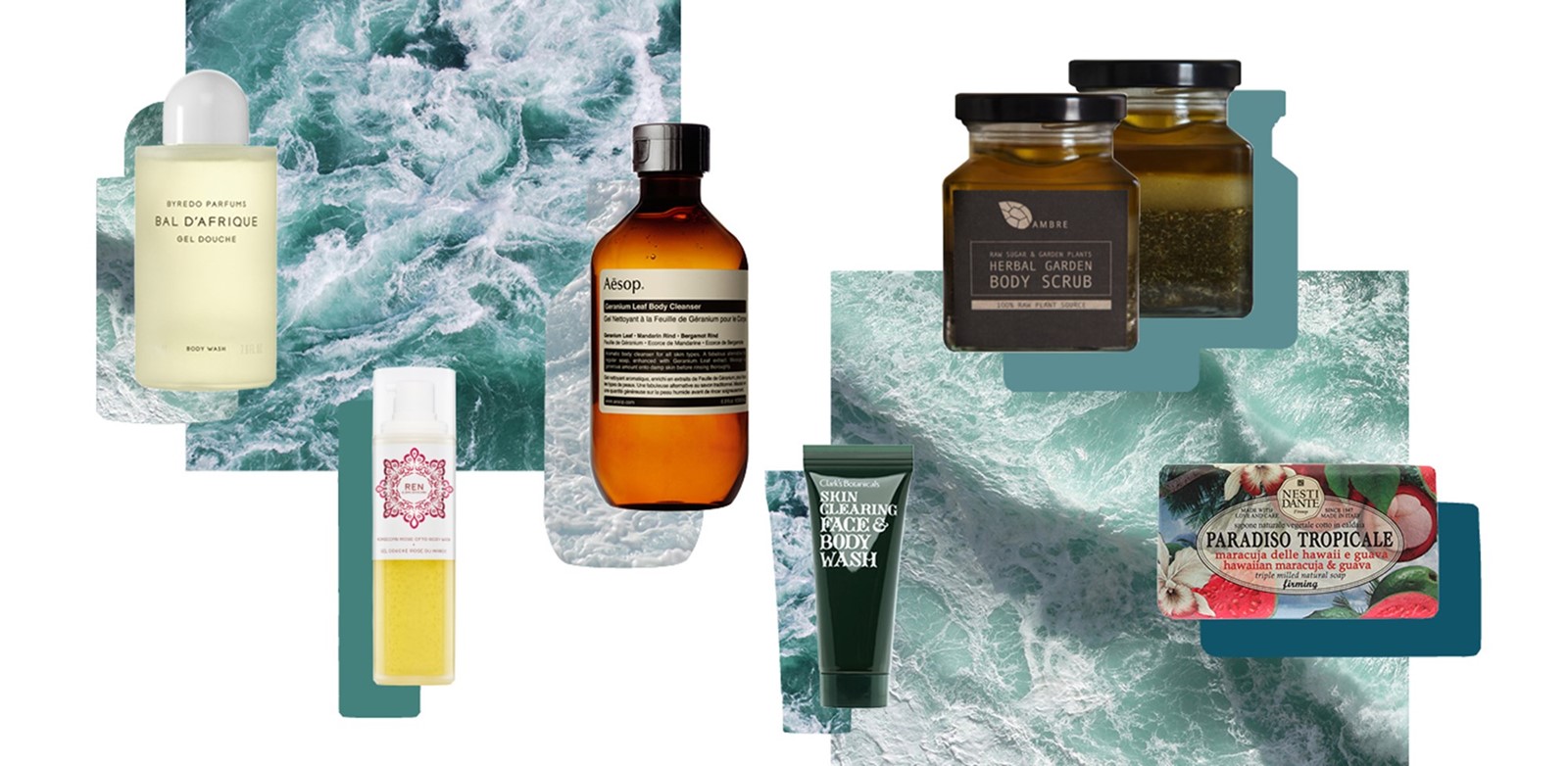
Cleansing
After a long wallow, the next phase is – of course – the cleansing. The Babylonians invented soap in 2800 B.C. after discovering that combining wood ash with tallow (animal fats) produced a substance capable of easier cleaning. The word sapo, Latin for soap, first appears in Pliny the Elder’s Historia Naturalis, but he mentions it rather disapprovingly; the Romans’ preferred method of cleansing was to massage oil into the skin and then scrape away both the oil and any dirt with a strigil. They were devoted to purification, even dedicating a specific month to the process (usually February).
“Cleanliness is next to godliness” – Ancient Hebrew Proverb
The early beginnings of soap making were exclusive, employing a technique used by small groups of soap makers and while demand was high, so was the price. It wasn’t until the late 18th century that the chemical process used in soap production today was established, meaning that, at last, soap could be widely disseminated. Liquid soap first appeared in the mid-1800s but it was not popularised until the turn of the century when B.J. Johnson produced Palmolive liquid soap, whipping up a commercial storm. Today, we are bombarded by choices when it comes to soap and shower gels, but for those in need of some suggestions, we particularly recommend REN’s Moroccan Rose Otto Body Wash; Byredo’s Bal D’Afrique; the always-popular Geranium Leaf Cleanser from Aesop and Clark’s Botanicals Skin Clearing Face and Body Wash.

Aftercare
Now for the final step in the bathing extravaganza – the aftercare, essential to keeping one’s skin soft, supple and smelling delicious. Rather astoundingly, moisturiser dates back to the Mesolithic era 10,000 years ago, even pre-dating the wheel. Early moisturising balms varied depending on the natural ingredients available to different communities – women of Pre-Columbus Latin America used avocado, for example, while those in Brazil and Africa used palm oil as a protective, healing balm. Others, like the Native Americans were more practical, applying animal fat to keep their skin supple and insulated. In the Iliad, Homer writes that Hera “cleans her skin with ambrosia and anoints herself with olive oil” before first seducing Zeus, while Cleopatra is said to have regularly applied olive and sesame oil to her skin.
“Nature gives you the face you have at 20; it is up to you to merit the face you have at 50” – Coco Chanel
But it wasn’t until the Industrial Revolution, when new ingredients like petroleum jelly and mineral oil emerged, that moisturisers were made readily available, and even then they didn’t find great popularity until the 1930s (when TV advertising convinced women of their many virtues). Meanwhile deodorant was first introduced in the 9th century, by Kurdish polymath Ziryab in Al-Andalus, but deodorant wasn’t patented until 1888 and first sold commercially in 1903. While petroleum jelly might once have been a favourite, these days it is known not to be the most effective of ingredients; instead, we prefer those included in Dr Jackson’s Body Perfecting Gel and Le Labo’s Santal 33 Body Oil. For deodorant, we enthusiastically suggest the Alcohol-Free offerings of Anthony and the Eucalyptus Deodorant by Malin + Goetz. You’ll smell delightful.
